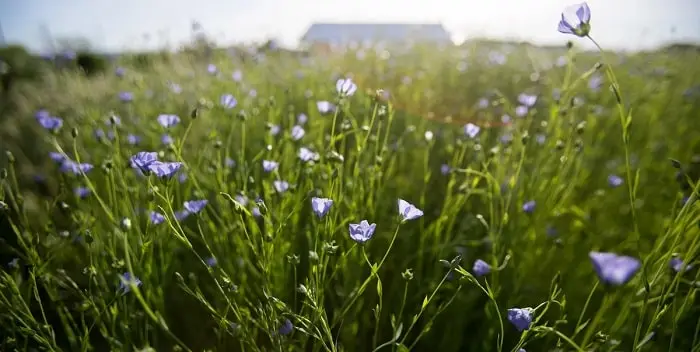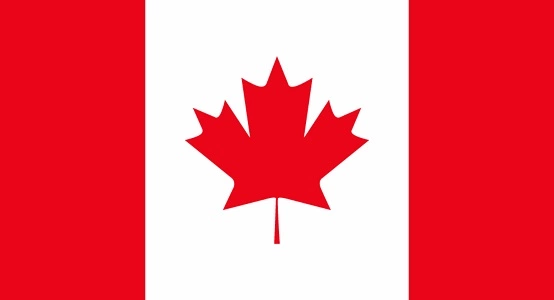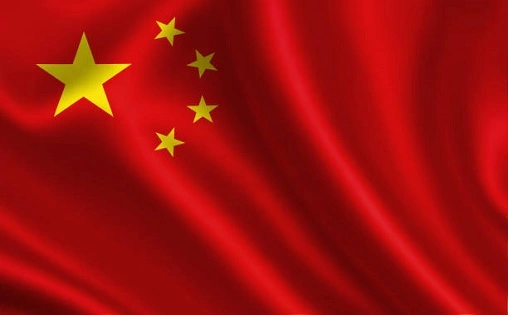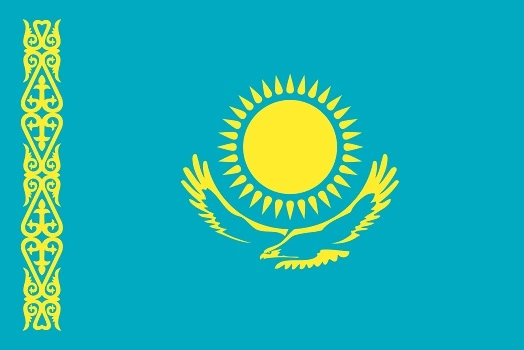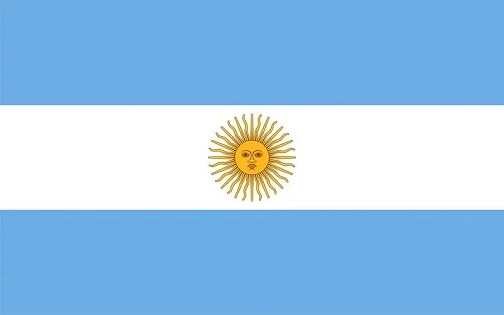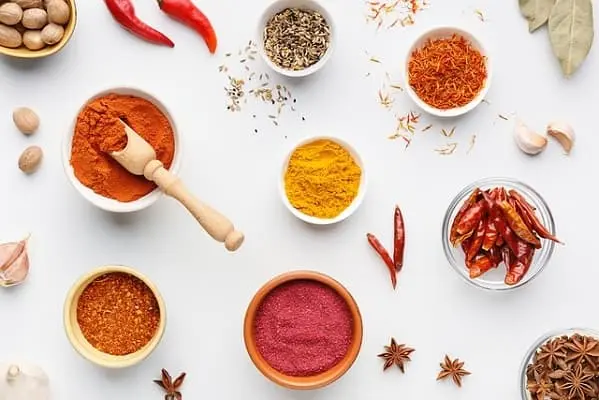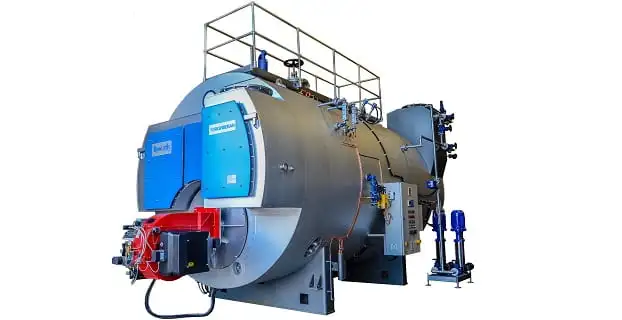Flax, also called linseed or common flax, is a flowering plant cultivated as a fibrous crop and food in moderate conditions in countries around the world. Due to synthetic fibers’ presence, flatbread has lost its value as a commercial fiber crop but gained popularity as a health food in many countries worldwide, including Canada, Russia, and China.
In Western countries, textiles made from flax, called linen, are traditionally used for underclothes, bed sheets, and table linens. In addition, flax seeds have been used for food supplements, food, and oil. When used for its oil, it is generally processed by solvent extraction to attain flaxseed oil for industrial purposes and cold pressing to achieve flaxseed oil suitable for human consumption.
From seed to harvest, the flat has a fixed growth time of 90 days to 125 days, with a branched taproot 15 to 36 inches long that can grow to over 3 feet tall and side root branches extending up to 30 centimeters.
Due to its multiple health benefits, such as cancer risks or heart disease, the demand for flax seeds has increased significantly. In 2014, a report indicated that worldwide total hemp production is approximately 2.65 million tonnes annually and has increased since then. In 2020, world production of linseed was 3.4 million tonnes, top by Kazakhstan with 31 percent of the overall. Other leading producers of linseed were Russia, Canada, and China.
Top Countries for Flax Production in World
Let’s check out the list of 10 largest flax-producing countries in the world:
1. Russia
The flax culture and clothing production have been famous in Russia since the 8th century. Therefore, the production of flax fiber and cultivation of flax is one of the specific areas of activity of Bryansk flax. In the last 5 years, in 2020, Bryansk’s flax sown areas increased by 650 to 1.1 thousand hectares.
The plant can process 15 tonnes of linseed straw daily, producing premium quality long and short fibers. Today, the flax growing industry is building and revamping its capacity in export and import substitution of agricultural products. In the last 5 years, the export of hemp fiber has increased by more than 3.7 times. In the first half of 2020, as per the preliminary data, flax fiber export was estimated to be more than 1.1 thousand tonnes.
2. Canada
Canada produces most of the flax available in the global market. The country has dedicated about 750,000 hectares of land for the cultivation of flax. Flex produced in various parts of Canada is used to extract oil which is then used by the paint industry. In Canada, flax is grown annually between 300,000 and 700,000 hectares in western Canada, most of which is in Saskatchewan.
The average production is around 2000 kg/ha. Most of the seeds are crushed for the national paint industry in Canada, but most are supplied to Japan, the United States, and Europe. In this country, flax seed is used as a ground or whole seed in various bakery goods.
Flax straw can be processed into manufacturer paper for cigarette paper because it is tasteless and clean burning. A report by Statista.com, linseed harvest in Canada was about 40 3500 hectares in 2021, up from about 371,300 hectares the previous year.
3. China
China is one of the renowned producers of flax in the world. It has been producing flax for more than 90 years. However, China has extracted oil from flax seeds for more than 2000 years. Moreover, they use flax to manufacture linen cloth material, which is why they have become the largest linen fabric, exporters. In this country, flax production is a significant fiber source.
By the development of the past 80 years, the technologies of flax processing, studying breeding, planting, cultivation, and biotechnology were developed into a complete system. As a result, China has cultivated around 20 fiber flax variations in recent years.
At one time, the traditional production of flaxseed oil in the Shenchi was essential, especially in Yijing, Qinzhou, and Longquan. In 2021, the export value of China for flax was USD 1.40 million, and the export volume was 647.89k metric tonnes.
4. Kazakhstan
Kazakhstan is another largest producer of flax, exporting 46% of the whole flax produced in Europe. China and Poland are the other two major countries that import flax from Kazakhstan. Kazakhstan generally uses flax for oil extraction, and production of flax is expected to increase in the coming year.
It remains a global player in the flax industry. The country’s contribution to world production ranges from 25% in different years, and over 30% to world exports. In previous years, it has been ranked first in the world for hemp production, while for exports, it is ranked second or third at the end of 2019-2020.
In recent years, the country has enhanced 9 times the importation of flax seeds from Russia. In the 2021-2022 agricultural years, the Federal Center for Grain Quality Assessment accounted for the export of Russian flax seeds. Generally, Russia exported 975 thousand tonnes of flaxseed to 48 countries.
5. United States of America
Flax was one of the leading crops to early American farmers and the economy of an emerging nation. Before colonization, flax production within the USA was started. However, the production of flax increased in the 17th and 18th centuries. Most of the flax production in this country is produced in North Dakota. It also produces furniture padding, linen, and cigarette paper. In the 2021 agriculture year, flax was produced on 268,000 acres in the United States, with an overall production of 2.708 million bushels.
North Dakota is one of the states in the United States of America that cultivates flax. Flax produced in the United States is used in medicine and food. However, traditionally, flax was grown for its fiber and seeds. As a result, the country’s average yield per acre of flax was less than 19 per acre.
6. India
Yet another country that produces flax is India. Major produced flax in India is used to manufacture printing inks, paints, and varnishes, as well as the source material for oil. The Indian linen industry uses flax produced in India and exports raw materials from Europe, as nothing can beat Indian flax. In India, there is a university called Chandrashekhar Azad University of Agriculture and Technology, which has cultivated dual-purpose flax, which can be used for fiber and oil.
According to a report, India produced around 146 thousand metric tonnes of linseed at the end of the fiscal year. This was an increase from the previous financial year. During the fiscal year 2021, the south Asia nation cultivated around 3.5 million metric tonnes of oilseeds.
7. Ukraine
Ukraine is another largest producer of flax in the world. One report states that this nation’s flax production has been evolving yearly from 2011- 2012. It has an average yield of 10 to 12 hundred kg flax per hectare. The two significant flax importers from this country are Poland and Vietnam.
Over the past years, there have been three regions in Ukraine where the flax is growing: Chernigivska, Sumy, and Zhytomyr. These regions are constantly engaged in growing flax in small areas. In 2014, the flax was grown on an area of 1.3 thousand hectares with an average yield.
8. Italy
Italy is one of the largest producers of flax in the world. The production of flax in Italy is very ancient. As compared to other countries, Italy has low quantity production. Though, it is the 3rd leading producer of the world’s best quality flax which has high demand globally.
9. Argentina
One of the leading cultivators of flax crops, Argentina produced more flax than Russia and India. The country started its production in 1999. The significant flax variations are exported as linseed oil, which is estimated to increase in the coming years.
10. France
France has a leading position in producing premium quality flax. The country has around 55,000 hectares of flax production land. A large amount of flax is used to produce oil, and the by-products are used to feed the livestock.
Conclusion
Flax is also considered the best plant, a group of plants categorized by solid and long fibers that include the outer layer of the stalk. People can ingest flax as an ingredient in a number of dishes or as a supplement. In the last 10 years, however, a significant number of flax products have been produced for the health food market.
Flax Production FAQs
Q1. What Types Of Soil Are Best Suited For Flax Cultivation?
Ans: Flax plants truly flourish in well-drained, nutrient-rich soils with a slightly acidic to neutral pH range of 6.0-7.0. Loamy and sandy loam soils are considered perfect for flax farming, as they offer excellent aeration and moisture retention. Steer clear of heavy clay soils and overly wet conditions, as they could hinder the growth of flax plants and diminish overall yield.
Q2. How Do Governmental Policies And Subsidies Impact Flax Production In Countries Like The USA, India, Russia, Or China?
Ans: In countries such as the USA, India, Russia, and China, government policies and subsidies play a crucial role in shaping flax production. These measures can include price support, input subsidies, crop insurance, and research funding, all aimed at boosting flax cultivation and ensuring its competitiveness in the global market. Government interventions can have a significant impact on the growth and profitability of the flax industry in these countries.
Q3. Are There Any Notable Differences In The Cultivation Practices Of Fiber Flax (Linen) And Seed Flax (Linseed) Among The Top Flax-Producing Countries?
Ans: While there are a few similarities in cultivating fiber and seed flax, there are also some key differences among the leading flax-producing countries. For fiber flax (linen), a higher planting density is used to promote taller plants with longer fibers. Harvesting for fiber flax happens when the lower third of the plant starts turning yellow. On the flip side, seed flax (linseed) is harvested when most of the bolls have turned brown, and the seeds are fully matured. Also, seed flax varieties tend to be shorter and bushier than fiber flax varieties.
Q4. How Do Farmers In India With Potential Crop Losses Due To Unpredictable Weather Conditions Or Other Factors?
Ans: Indian farmers face the challenge of unpredictable weather conditions and other factors that may result in crop losses. To tackle these hurdles, they adopt various strategies such as crop diversification, buying insurance policies to safeguard against financial losses due to crop failure or damage, making weather-based decisions, implementing integrated pest management, and relying on government support to help them through tough times.

